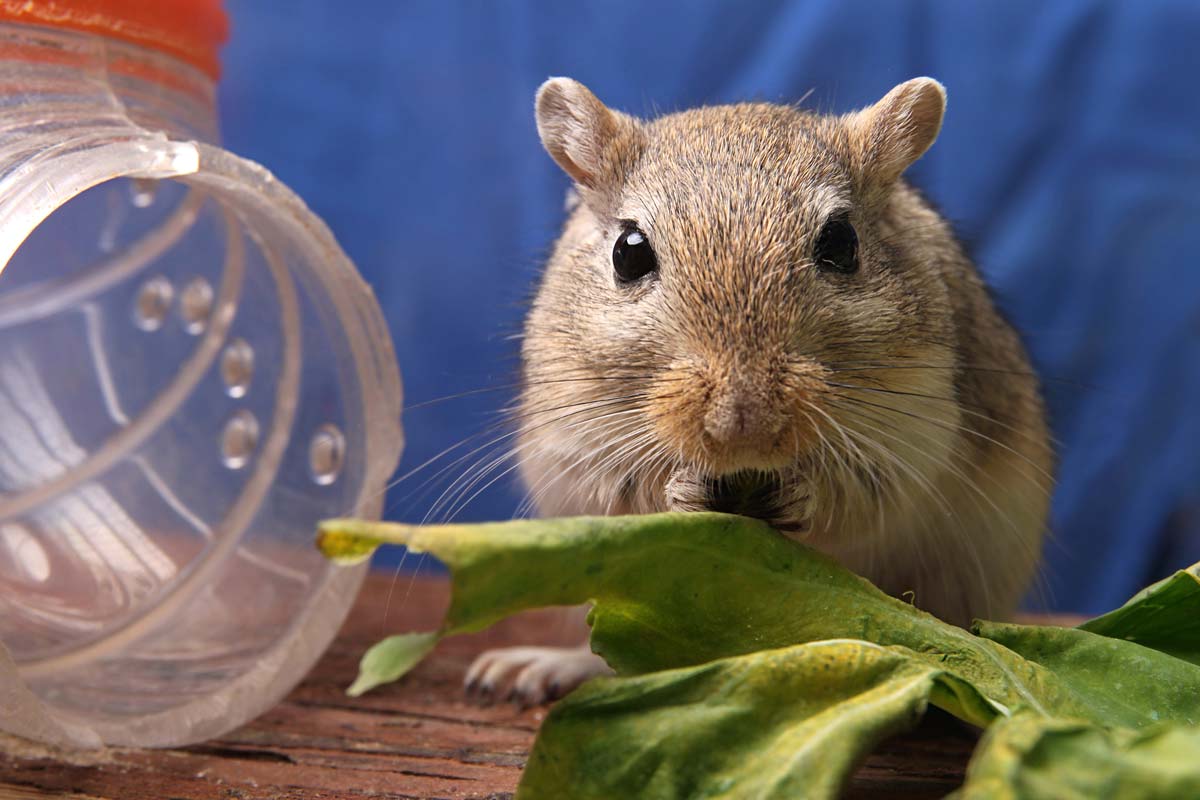When you walk into a pet adoption center and see the variety of pocket pets available, it’s often difficult to find the perfect one for you. You’ll want a pet that suits your lifestyle needs while providing for theirs. Be aware of the types of pocket pets available and basic care facts before investing in one.
Most often, people confuse gerbils and hamsters and don’t realize that caring for each requires a very different set of responsibilities. If you’ve been thinking about adopting a pet gerbil or hamster, read on to learn a bit about their differences.
We offer special services for pocket pets of all varieties. Check them out!
Sleeping Patterns

Hamsters are nocturnal, so they spend most of their day sleeping. You may hear them shuffle around, digging in their cage or running on the wheel while you’re trying to catch some sleep. Gerbils, however, are diurnal, so they are awake and quite active throughout the day. They’ll be up for playtime during the day when you’re up and about, too.
Socialization Needs
In the wild, gerbils stick together. Adopting a lone gerbil may make him/her depressed in the long run. You’ll want to make sure your gerbil has a companion to avoid loneliness. It’s better to adopt gerbils when they’re younger so they bond naturally and grow accustomed to each other early on. Also, to avoid reproducing, purchase gerbils of the same sex.
Hamsters, however, are pretty happy on their own, though there is nothing wrong with having two or more. Like gerbils, you’ll want to purchase two of the same sex. Female hamsters tend to be more hostile when kept together, so two males may be a better choice.
Health and Fitness

Gerbils and hamsters have similar diets. Both enjoy a small amount of fruits and veggies, but in excess, gerbils may experience gassiness and diarrhea. Hamsters tend to be less active and hyper than gerbils, but both require plenty of exercise. Make sure to provide your furry pocket pet with plenty of entertainment. Lastly, gerbils are very sensitive to temperature and can easily overheat or become dehydrated. Make sure their cage is temperature-controlled, preferably between 68°F and 77°F (22°C to 25°C).
Physical Features
Gerbils have an appearance that closely resembles a rat or mouse and can reach up to four inches in length. They have a long and soft tail and enjoy standing on their hind legs. Hamsters are generally fuller and larger at up to six inches in length, unless they are of the dwarf breed. Their tail is much shorter and almost indistinguishable. While they can stand on their hind legs, it is much less common for them to do so.

Are you kidding. Syrian hamsters are solitary! and will kill each other if kept together as adults!! You can keep sibling dwarf hamsters though. And yes gerbils are social.